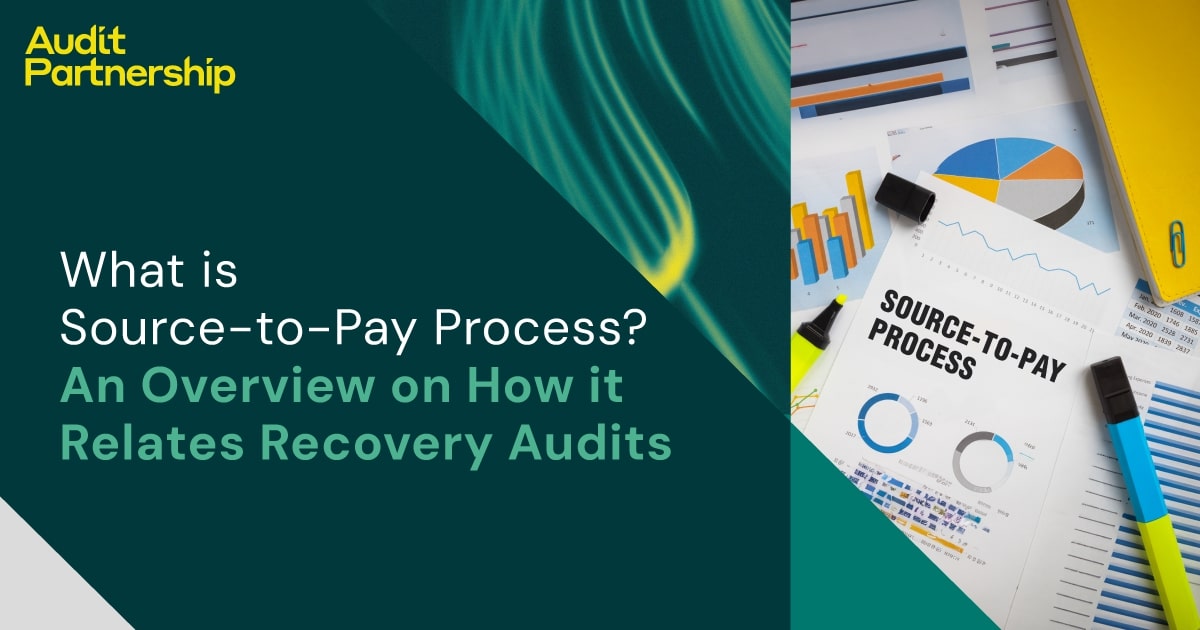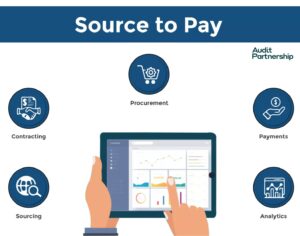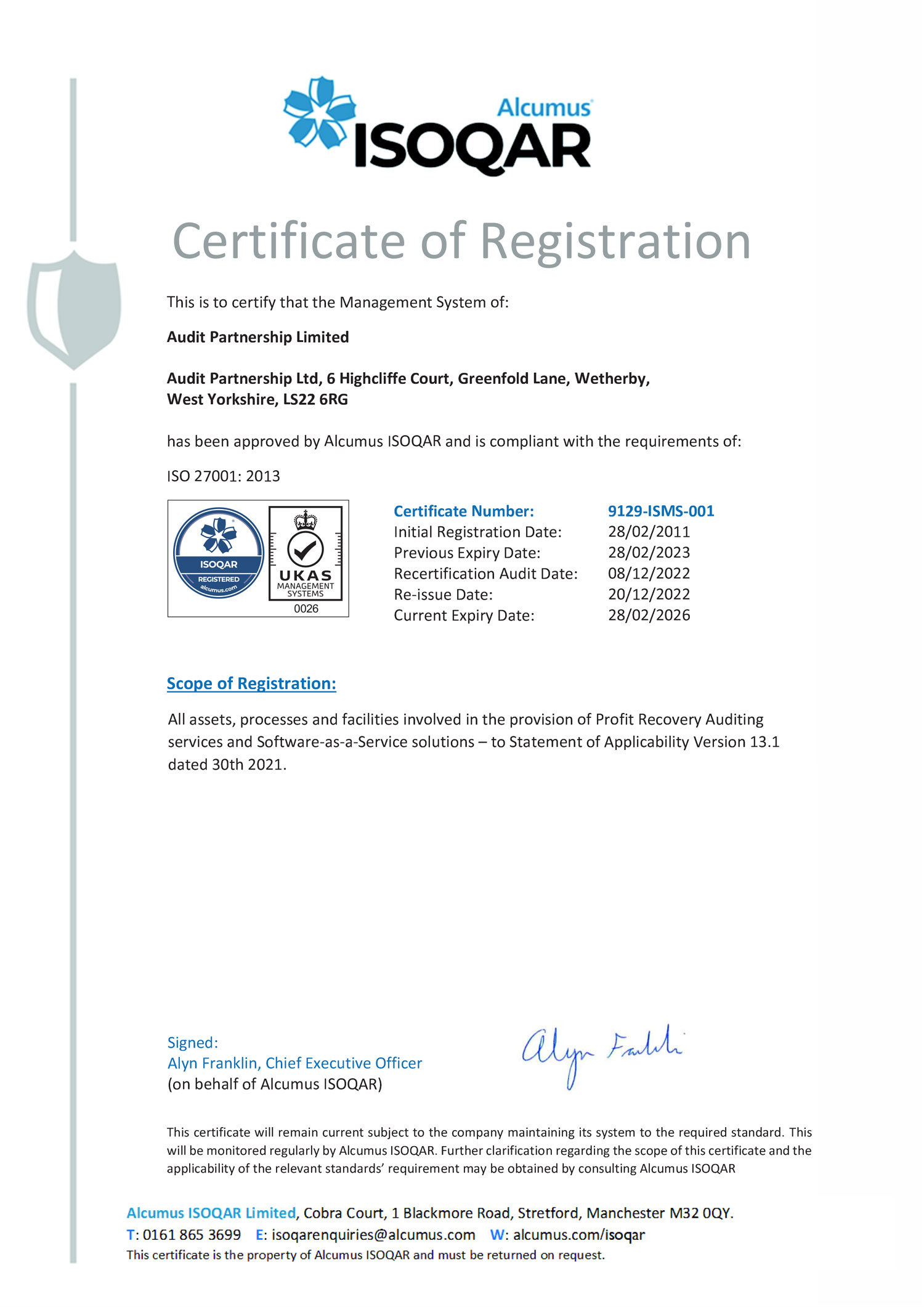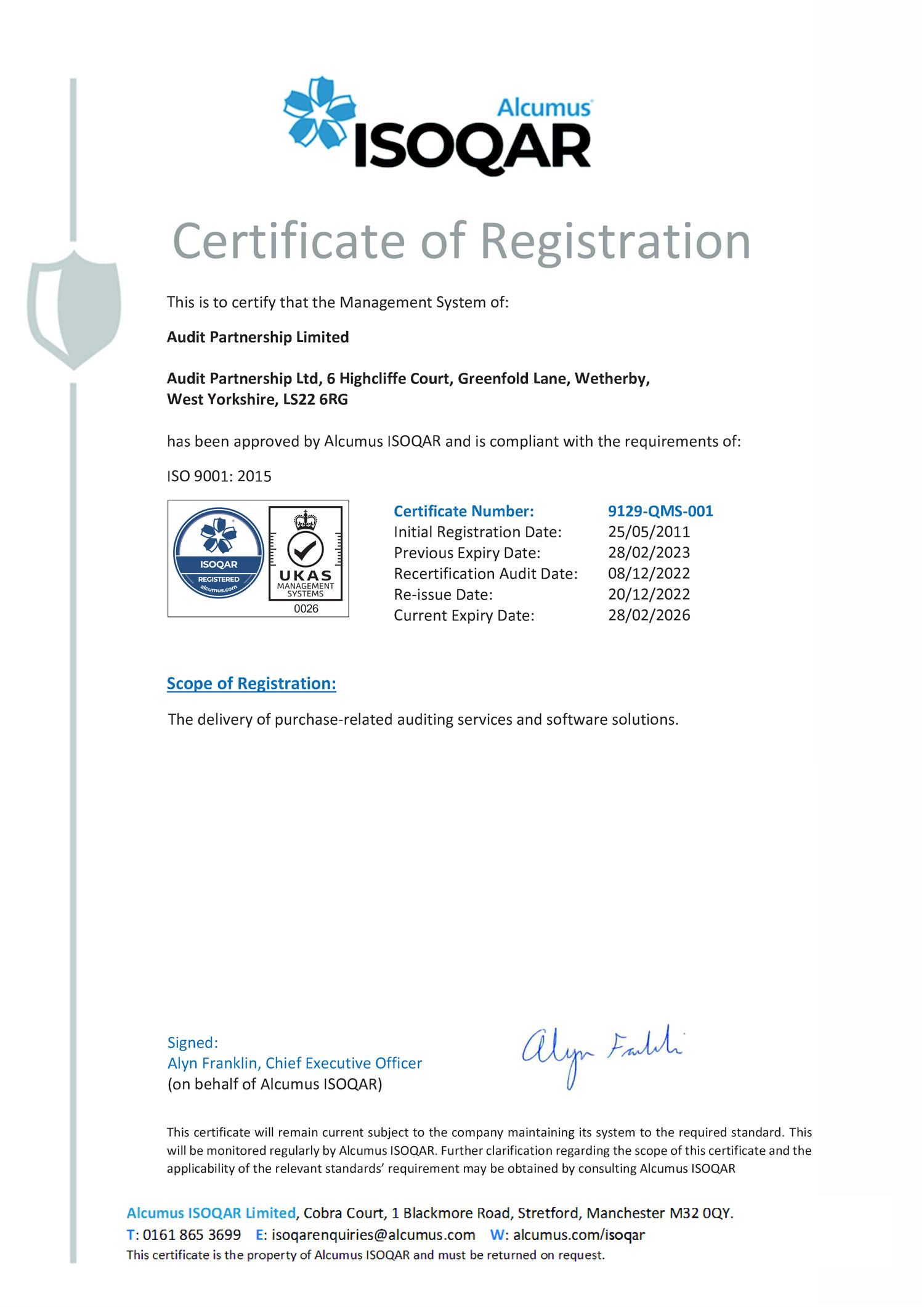
Nowadays, business operations companies constantly prefer a secure way to optimise their procurement processes. One essential framework that works efficiently in purchasing and supplier management is the source-to-pay (S2P) process. Understanding what the source-to-pay process entails and its relevance to recovery audits can significantly enhance a company’s operational efficiency, cost management, and supplier relationships.
This blog provides a complete overview of “what is source-to-pay process” and its connection to recovery audits.
What is Source-to-Pay Process?
The source-to-pay process includes all the steps in procuring goods or services, from identifying potential suppliers to the final payment for received products. It is a complete end-to-end process that combines various functions, including sourcing, procurement, and payments. This process develops an efficient purchasing cycle and improves organisational effectiveness.

Key Stages of the Source-to-Pay Process
- Sourcing: This initial stage involves identifying, evaluating and selecting suppliers. Companies estimate supplier capabilities, negotiate terms and create relationships to ensure they get the best value for their purchases.
- Contract Management: Once a supplier is selected, terms are created through contracts. Contract management involves maintaining compliance with agreed terms, monitoring performance, and managing any changes or laws or rules from the government.
- Procurement: This section describes the actual purchasing activities, including generating purchase orders, requisitions and approvals for the necessary goods and services.
- Receipt of Goods/Services: After placing orders, the next step is confirming the payments of goods or services, ensuring they meet the quality and quantity specifications defined in the purchase agreement.
- Invoicing: Suppliers send invoices for the received goods or services, which must be matched against the purchase orders and receiving reports to verify accuracy.
- Payment Processing: Finally, once approved, payments are processed to suppliers, completing the source-to-pay cycle.
Importance of the Source-to-Pay Process
A well-implemented source-to-pay process is vital for several reasons:
- Cost Efficiency: Companies can reduce overall costs by implementing strong procurement activities and better pricing through efficient sourcing and supplier management.
- Improved Relationships: The S2P process promotes strong relationships with suppliers, which can lead to improved quality, favourable pricing, and prioritised service during shortages.
- Increased Visibility and Control: An integrated method gives businesses better visibility into their procurement activities, helping them enhance control over spending, compliance, and risk management.
- Operational Efficiency: Automating parts of the S2P process can significantly reduce the manual workload for procurement teams, allowing them to focus on strategic ideas instead of regular administrative tasks.
Recovery Audits and the Source-to-Pay Process
Recovery audits (using tools like Capture) are critical in the source-to-pay process. As organisations aim for operational efficiency, implementing recovery audits can help identify disparities, prevent loss, and uncover erroneous payments for cost savings.
What Are Recovery Audits?
A recovery audit is a process conducted to identify overpayments, billing errors, and disparities related to the procurement process. These audits typically involve analysing transaction data, agreements and payment records to ensure accuracy and compliance with vendor agreements.
The Link Between Source-to-Pay Process and Recovery Audits
- Enhanced Accuracy: Implementing a complete source-to-pay process makes tracking transactions from sourcing to payment easier. Recovery audits benefit from this structured pattern by allowing auditors to access accurate data for analysis and effectively identify mistakes and errors.
- Identifying Overpayments: Recovery audits can reveal models of overpayments in the source-to-pay process through meticulous tracking and analysis. Whether due to duplicate invoices, incorrect pricing, or contractual disparities, identifying these issues allows organisations to recover lost funds.
- Ensuring Compliance: Recovery audits ensure compliance with contractual obligations. By thoroughly reviewing the S2P process and its components, auditors can verify that both parties fulfil their roles and responsibilities, leading to a healthy supplier relationship.
- Mitigating Risks: Regular recovery audits within the source-to-pay framework can help organisations reduce various risks, including financial and operational risks. By identifying issues early, businesses can take corrective action before any significant problems arise.
- Continuous Improvement: Recovery audits clarify areas of the source-to-pay process that require improvement. Whether it involves restructuring procurement strategies, enhancing supplier performance or optimising payment processes, auditing promotes continuous improvement.
Best Practices for Implementing Source-to-Pay Process and Recovery Audits
To maximise the benefits of the source-to-pay process and recovery audits, companies like Audit Partnership, should consider implementing the following best practices:
- Adapt Technology: Utilising procurement and audit management digital software can automate various stages of the S2P process, facilitate data accuracy, and simplify the recovery audit process. It also utilises real-time data.
- Set Clear Policies and Procedures: Documenting the policies and procedures for the source-to-pay process ensures all team members understand their roles and responsibilities, reducing ambiguity and improving compliance.
- Conduct Regular Recovery Audits: Performing periodic recovery audits maintains the organisation’s stable ongoing procurement activities, ensuring potential disparities are identified and rectified quickly.
From Sourcing to Savings: Optimise the Source-to-Pay Process with Audit Partnership
Audit Partnership has experience successfully helping retail, pharma, manufacturing, healthcare, and many more organisations manage their outsourcing, supply chain, and sourcing needs.
We can help you review your source-to-pay process to meet your procurement and sourcing goals. To know more about our services and custom AI-based digital software, visit our site and contact us.
Conclusion
Clarity about how to implement an effective source-to-pay process is essential for an organisation’s growth. Integrating recovery audits within this framework provides additional layers of benefits, ensuring accuracy, compliance, and continuous improvement.
By knowing the factors in source-to-pay processes and recovery audits, businesses can better manage their procurement activities, recover lost funds, and better their business.
Frequently Asked Questions (FAQs) – What is the Source-to-pay Process
1. What is the source-to-pay process?
The source-to-pay process is an integrated, end-to-end process that involves all activities, from supplier selection through purchasing and final payment.
2. How do recovery audits fit into the source-to-pay process?
Recovery audits systematically review transaction data to identify overpayments, billing errors, and compliance issues within the source-to-pay framework.
3. Why is it important to link the source-to-pay process with recovery audits?
Linking these processes enhances accuracy, ensures compliance, mitigates risks, and enables continuous improvement in procurement activities.
4. What are some best practices for optimising the source-to-pay process?
Best practices work on digital technology, setting clear policies, providing ongoing training, maintaining good collaboration between teams, and conducting regular recovery audits.
5. How can businesses benefit from a thorough source-to-pay process?
A robust source-to-pay process can lead to cost efficiencies, improved supplier relationships, increased visibility and control, and overall business growth.














